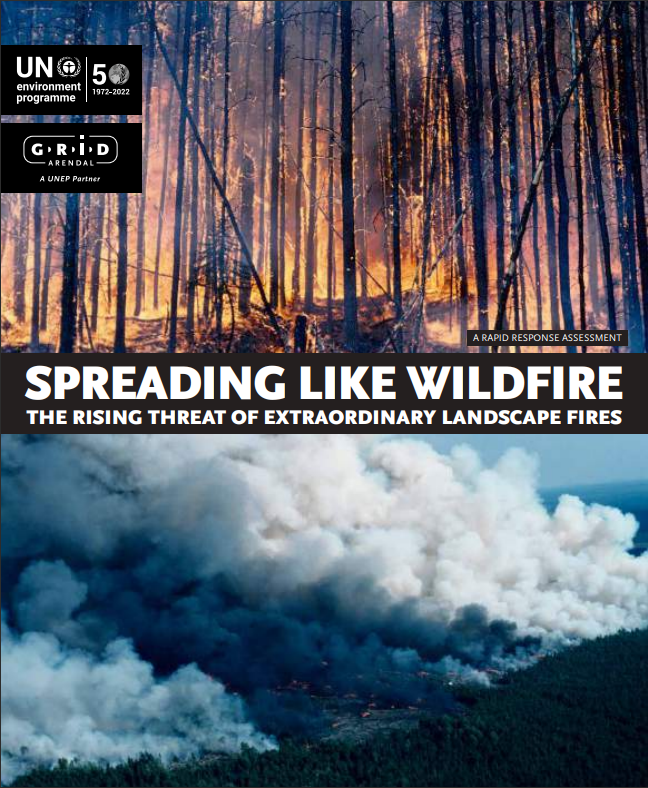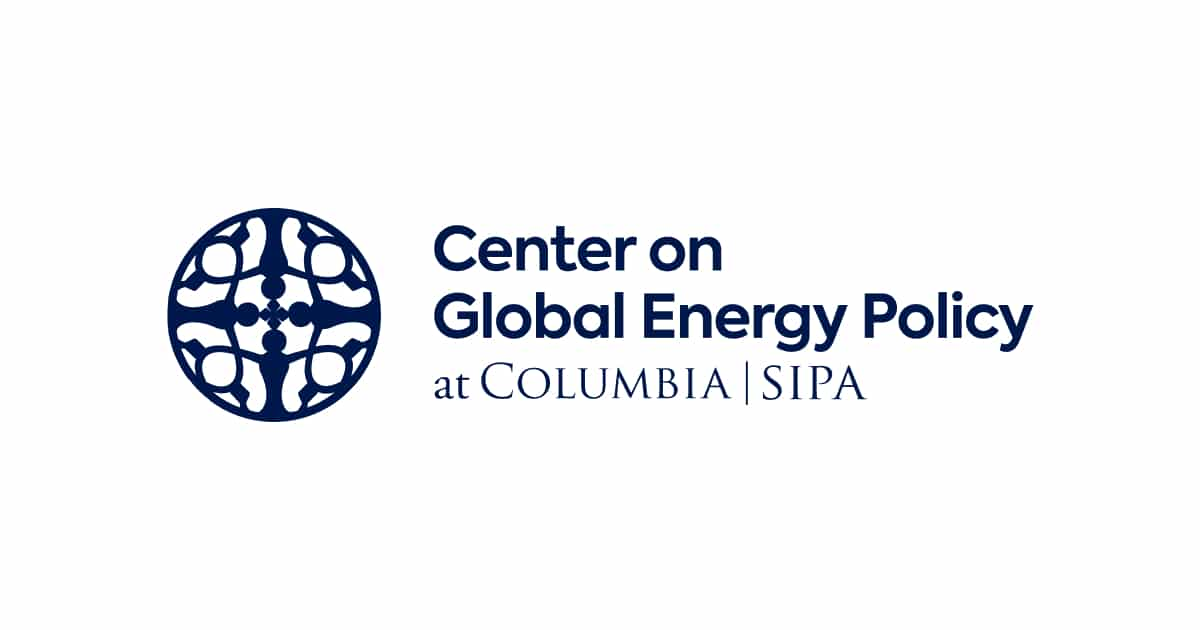The United Nations Environment Programme (UNEP) and GRID-Arenal released a report entitled Spreading Like Wildfire: The Rising Threat of Extraordinary Landscape Fires. It highlights the increasing frequency and intensity of wildfires worldwide. Crucially, it underscores that wildfires are causing unprecedented harm to communities and ecosystems, with record-breaking wildfire seasons on several continents, including Australia, the Arctic, and North and South America. Moreover, areas previously untouched by wildfires now face heightened risk.
Climate change and land-use alterations are major factors exacerbating wildfires, with a projected increase of 50% by the end of the century. Extreme wildfires threaten people, biodiversity, and ecosystems and intensify climate change by releasing significant quantities of greenhouse gases. In light of these challenges, the report champions a “Fire Ready Formula,” stressing the importance of ecosystem restoration and enhanced readiness for and recovery from wildfires.
Overview
Chapter 1 – Our planet on fire
Discusses the significant threat wildfires pose to social, economic, and environmental values. Wildfires are described as abnormal or extraordinary vegetation fires that pose considerable risks. The document emphasizes the global presence of wildfires and their escalating intensity and reach across various ecosystems worldwide. It underscores the disastrous impact of wildfires on the environment, wildlife, human health, and infrastructure in regions such as Australia, Canada, the United States, China, Europe, and the Amazon. Despite the severity of the situation, it suggests it is still possible to address and mitigate the escalating wildfire crisis.
Chapter 2 – The changing pattern of wildfires
Explores the evolving nature of global fire regimes impacted by land use and climate change. It presents evidence of a significant shift in fire patterns that could affect various facets of the Earth system. The document references studies by Andela et al., Forkel et al., Kelley et al., and Bowman et al. highlighting the effects of land use and climate changes on fire regimes. In this sense, these changes in fire patterns could markedly affect human lives, vegetation dynamics, atmospheric composition, radiative forcing, ocean biogeochemistry, and ice melt. Therefore therefore
Chapter 3 — Impacts of wildfires on people
Examines the effects of wildfires on human lives, economies, and overall well-being. It points out the immediate threats of wildfires, including loss of life, health issues, infrastructure damage, and degradation of ecosystem services such as water supply, nutrition, biodiversity, and carbon storage. Later, the report emphasizes the long-term impact of wildfires on individuals and communities, especially the potential obstacles they present to achieving the United Nations Sustainable Development Goals (SDGs), Paris Agreement, and Sendai targets. For instance, features a case study on wildfires in Portugal to illustrate the real-world implications of these disasters.
Chapter 4 — Impacts of wildfires on the environment
Explores the significant impacts of wildfires on ecosystems and biodiversity, highlighting the crucial role of fire in shaping global ecosystems. It investigates the influence of fire on vegetation structure, ecosystem health, biodiversity, reproduction, and function at different scales. The text elaborates on how fire-adapted biomes rely on fire to maintain ecosystem health and provide fauna refugia.
It also delves into the decomposition of biomass, changes in vegetation structure, and the emergence of open-canopied woodlands, grasslands, and sedge lands due to fire. Likewise, it discusses wildfires’ short- and long-term effects on biodiversity. It underlines the importance of understanding historical fire regimes and the intensity of individual fires. The text emphasizes the complex interplay between wildfires and ecosystems, highlighting fire’s positive and negative impacts on biodiversity and ecosystem dynamics.
Chapter 5 – Risk mitigation and wildfire management
Highlights the critical elements of effective wildfire management to reduce outbreak probability and lessen damage. It covers the five integrated stages of wildfire emergency management, known as the 5Rs: review and analysis, risk reduction, readiness, response, and recovery. It emphasizes the role of ignition mitigation in preventing wildfires, whether they are caused intentionally, accidentally, or naturally. Also, it discusses community education and awareness programs. These aim to inform the public about wildfire ignition risks and enforce laws during high-risk periods to prevent hazardous activities.
Furthermore, it explores how accidental failures in electricity distribution networks can spark wildfires and the measures to decrease this risk. It underscores the interconnected nature of wildfire management phases and the importance of preparedness, early detection, active suppression, and recovery in reducing the impact of wildfires on communities, infrastructure, and landscapes.
Recommendations
Provides a set of actionable suggestions for various stakeholders involved in wildfire management. These recommendations aim to address the increasing threat of wildfires and mitigate their adverse impacts on society, the economy, and the environment. Some key recommendations include:
- Recognizing and responding to the impact of climate change on the prevalence and behavior of wildfires, emphasizing the need to meet and exceed commitments under the Paris Agreement.
- Strengthening wildfire cooperation and investment towards prevention and risk reduction.
- Implementing integrated fire monitoring, analysis, and management enhances wildfire response capabilities.
- Empowering communities and promoting gender-sensitive approaches to wildfire management.
- Improving firefighter safety through enhanced training and resources.
These recommendations underscore the importance of proactive measures, collaboration, and preparedness in effectively managing the growing threat of wildfires in a changing climate.




